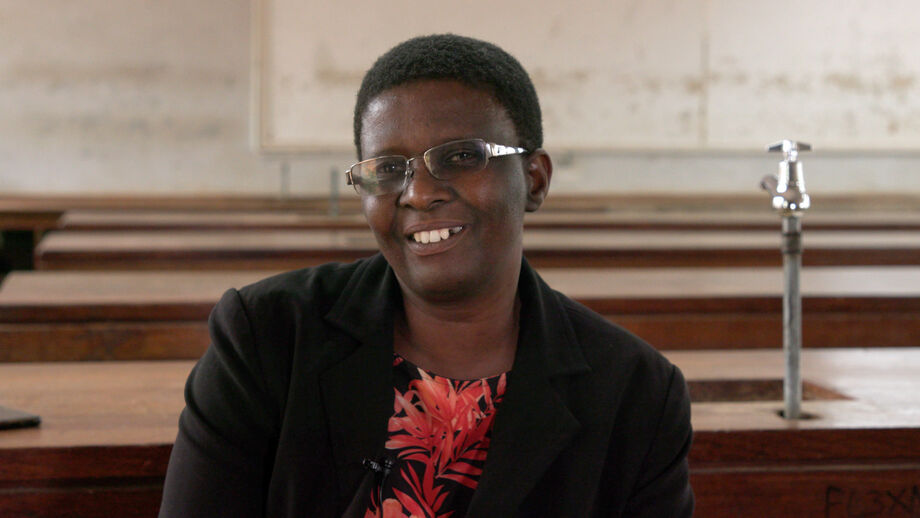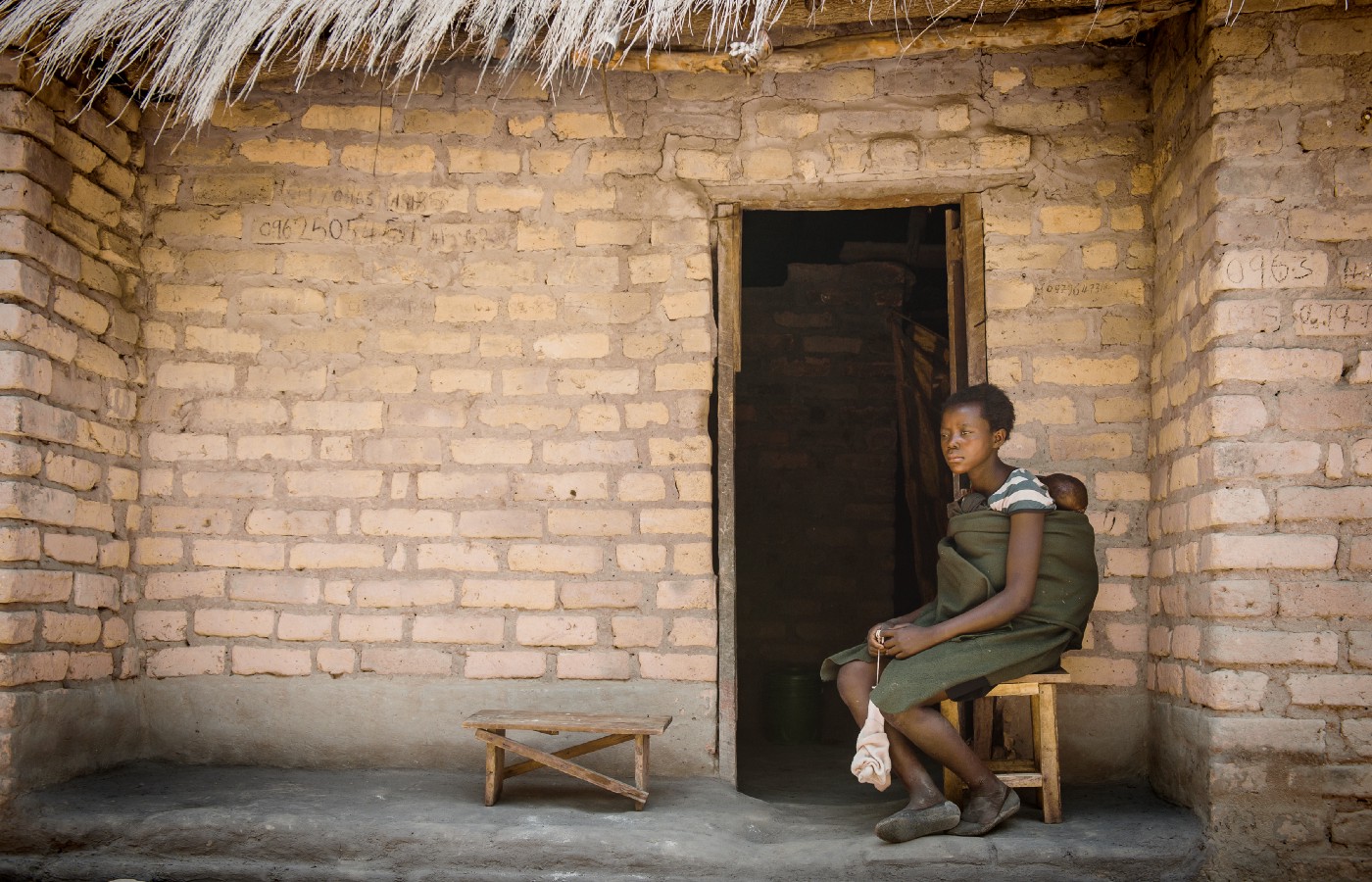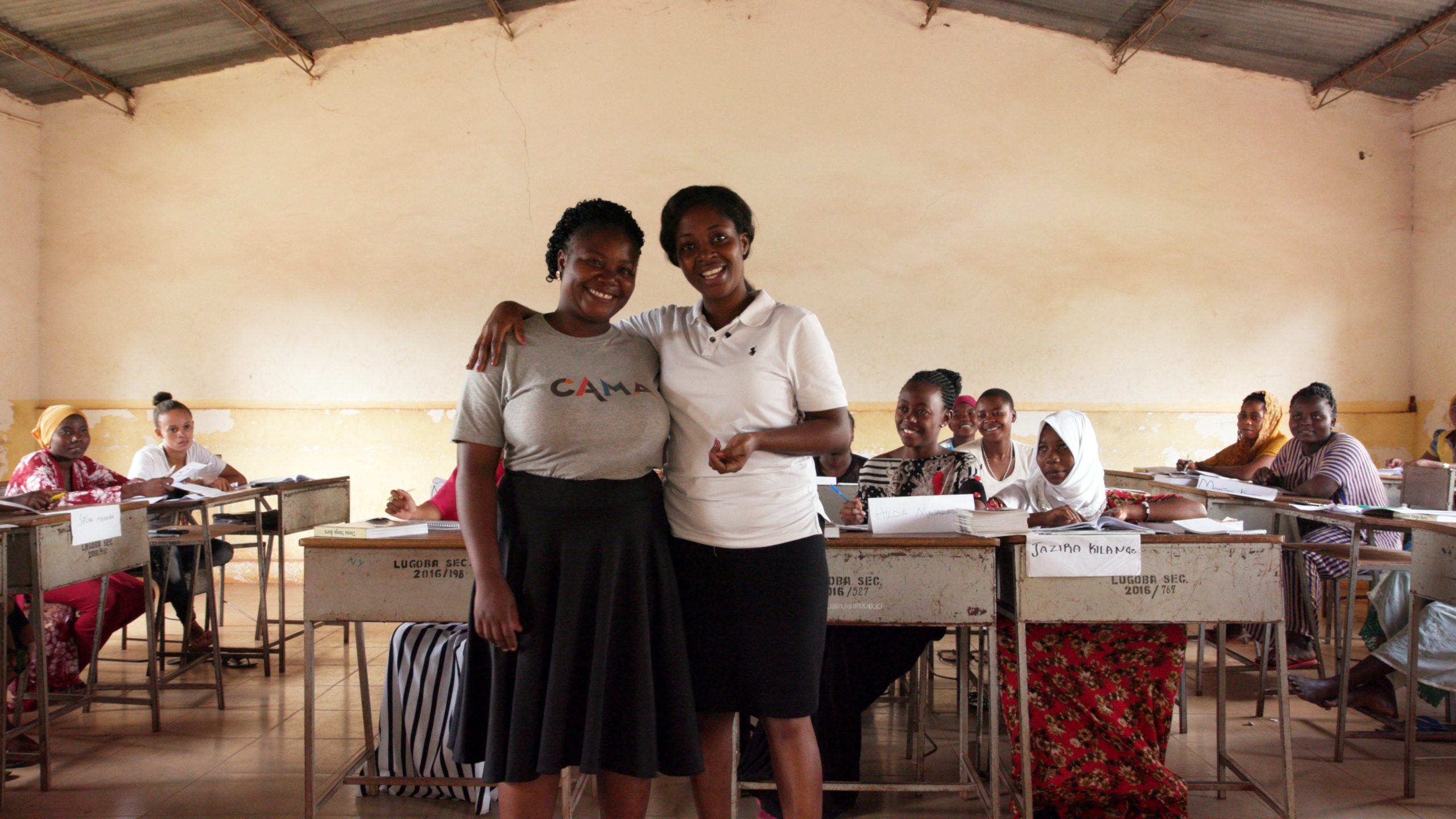This blog was first published in the Huffington Post on 27 November 2017 and updated in October 2023.
Every year, 12 million girls are locked away from a better life.
Child marriage is standing in the way of progress towards many of our 2030 Global Goals. For as long as child marriage continues to exist, so will poverty and instability, violence against women and girls, high global maternal mortality rates, and an ever widening educational gap between the poorest and wealthiest nations. Here’s why:
1. Child marriage traps girls and their families in a cycle of poverty
SDG1 : No Poverty and SDG2: No Hunger
Women who are employed reinvest 90% of their earnings back into their families, lifting themselves, their children, their siblings and relatives out of poverty. But when a girl is married as a child, this can often mean the end of her education, and her ability to become financially independent. One girl’s potential to lift an entire family, and even a community, out of poverty disappears. This is happening millions of times over. As the inter-generational cycle of poverty continues, youth unemployment and economic instability can lead to migration, conflict and violence.
2. Child marriage is linked to high global rates of maternal mortality
SDG3: Good Health
Teenage birth rates are highest where child marriage is most prevalent. When girls become pregnant before their bodies are ready, they are at high risk of complications during pregnancy and childbirth, which endanger the life of both mother and child. In fact, the risk of maternal mortality is highest for adolescent girls under 15 years old and complications in pregnancy and childbirth are a leading cause of death among adolescent girls in developing countries, leaving behind their vulnerable children. As well as increased vulnerability to sexual and domestic violence, survivors of the trauma of premature childbirth are at risk of long term and debilitating health complications, such as obstetric fistula, compromising their ability to work or return to school, while further stretching under resourced health systems.
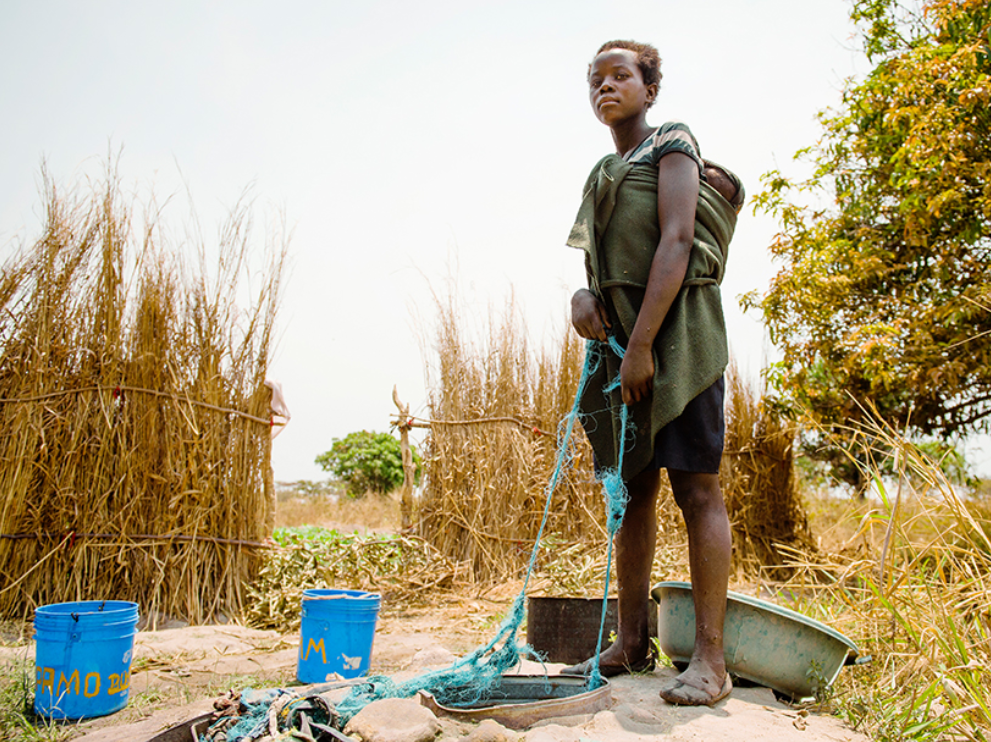
Mary (not her real name), 15, was a child bride. Now she is a widow and a single mother. (Credit: Eliza Powell/CAMFED)
3. Child brides are more likely to contract HIV/AIDS
SDG3: Good Health
Adolescent girls are disproportionately affected by HIV. Girls who are married as adolescents to men who have had many previous sexual partners are even more likely to contract HIV due to a lack of sexual and reproductive health information, and a lack power to negotiate safe sex or refuse sex. Often they are subject to partner violence, which further increases their risk of contracting HIV. The tragedy of HIV/AIDS for girls comes full circle as AIDS is a leading cause of death amongst adults. Girls in child-headed households are at higher risk of early marriage as they struggle to support themselves. In these desperate situations, when a girl cannot afford food or shelter, let alone school fees, entering into an early marriage can sometimes be seen as the only way to survive.
4. Child marriage is a major barrier to achieving gender equality
SDG5: Gender Equality
Girls who are married as children are more likely to experience domestic violence, and have a lower status in society, because too often child brides are denied their right to pursue education, employment or entrepreneurial opportunities.
With every child bride we lose a future teacher, doctor, scientist, entrepreneur or political leader. The cost to all of us is tremendous, and we pay the price in the form of inefficient accumulation of capital and slower economic growth, amounting to trillions of dollars for developing countries by 2030.
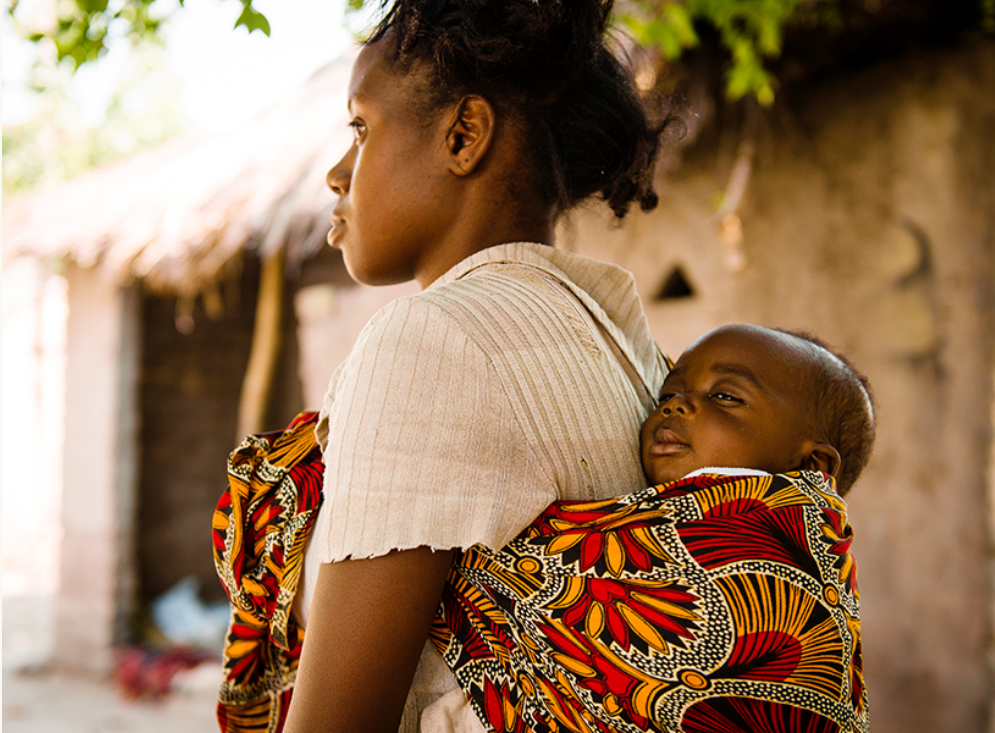
Imagine how different our world would be if every girl could escape child marriage and fulfill her potential. (Credit: Eliza Powell/CAMFED)
5. Child marriage locks away women’s enormous potential to help solve global problems
SDG1: No Poverty SDG2: Zero Hunger SDG3: Good Health SDG4: Quality Education SDG13: Climate Action
The potential of so many girls to change the course of our planet’s future remains our world’s greatest untapped resource. For example, women in rural areas are often in charge of agricultural operations, and so they are best placed to implement sustainable agricultural, energy and environmental initiatives in their communities, which can help to address poverty and hunger, and in turn health and education, as well as increase resilience to climate change. A recent study suggests that a clear link has been established between girls’ education and the mitigation of climate change, one reason being that educated women have smaller, healthier families, and in turn educate their children, leading to a virtuous cycle of development.
However, when girls are excluded from education and locked away in an early marriage, they are often unable to gain the knowledge or earn the respect and decision-making power that they need to lead change in their communities.
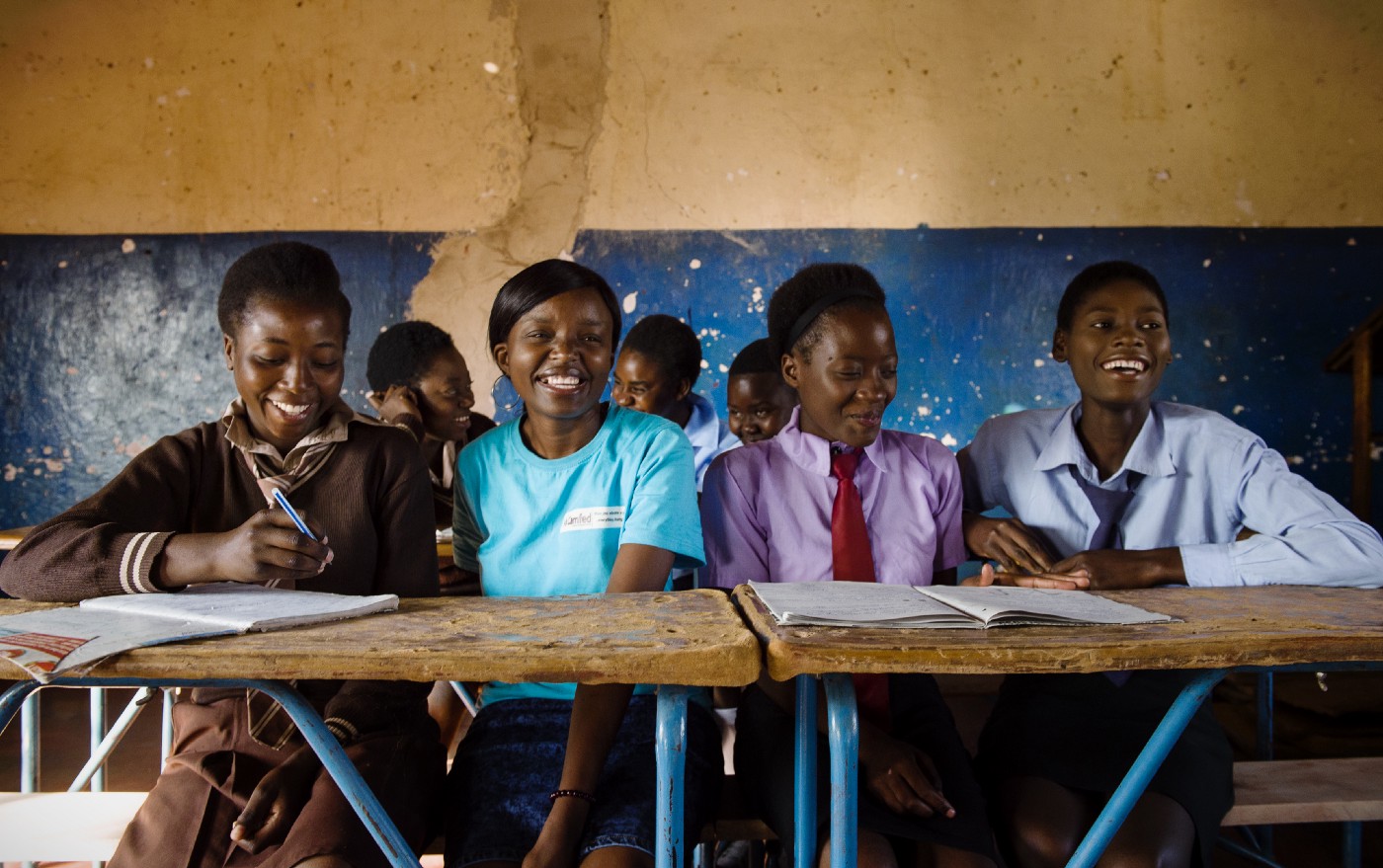
CAMFED Association member Alice, with some of the girls she is supporting to go to school.
Fiona Mavhinga was one of the first girls supported by CAMFED in Zimbabwe. She is a lawyer, and a founding member of the CAMFED Association — the pan-African network of women leaders educated with CAMFED support. Today she leads on the development of the CAMFED Association network which, as of 2023 numbered 254,470 members across 5 African countries, all dedicated to to ‘plowing back’ the benefits of their education.
Sources
www.girlsnotbrides.org
www.un.org
www.who.int
www.worldbank.org
www.brookings.edu
www.impakter.com
